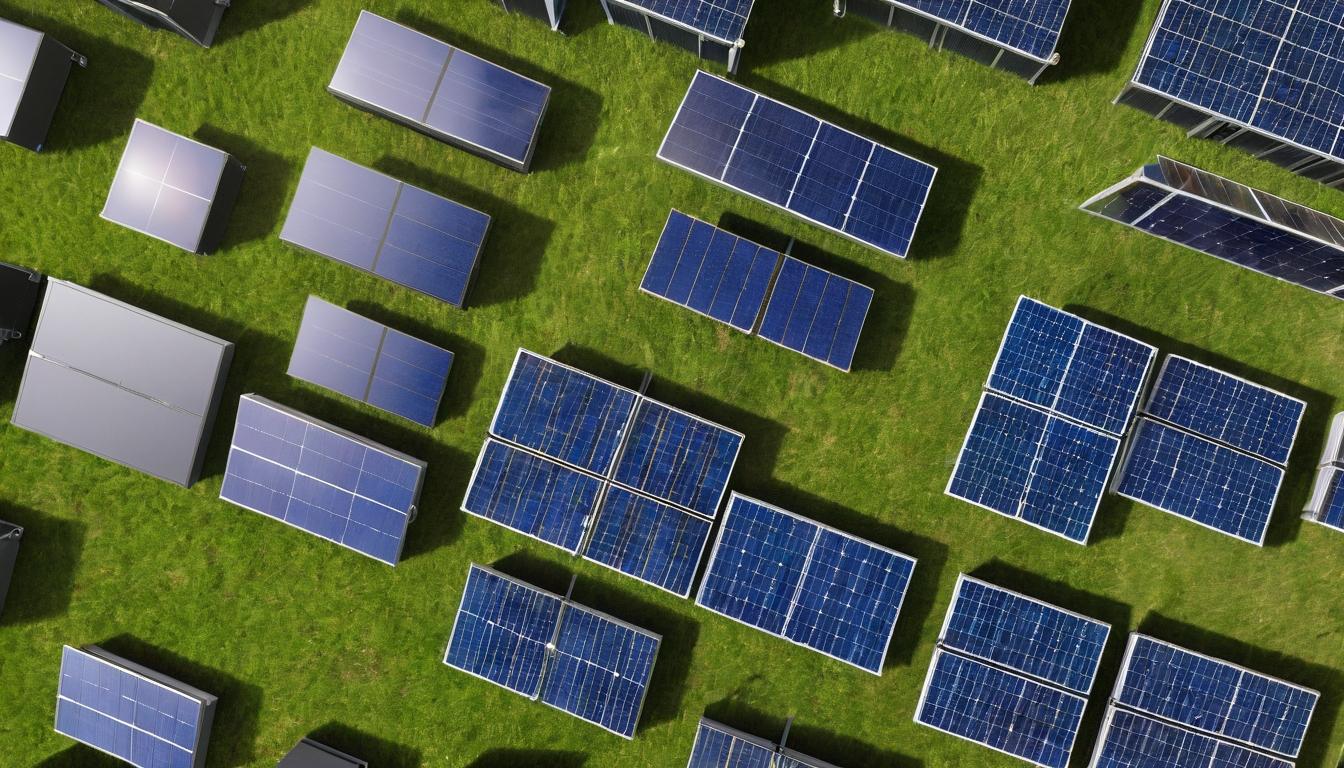Walking through the sprawling solar farm in California's Mojave Desert, I couldn't help but notice the subtle signs of aging. Some panels showed slight discoloration, others had micro-cracks barely visible to the naked eye. The facility manager pointed to a section scheduled for replacement. "These first-generation panels served us well for 25 years," he said, "but what comes next is the real story."
Across the solar industry, a quiet revolution is brewing that most homeowners never see. While everyone focuses on falling installation costs and rising efficiency ratings, the end-of-life management of solar panels represents both an environmental challenge and economic opportunity that could reshape how we think about renewable energy investments.
Recent breakthroughs in recycling technology are turning what was once considered waste into valuable raw materials. Companies like SolarCycle and First Solar are developing processes that recover up to 95% of panel materials, including silver, copper, silicon, and glass. The economics are becoming increasingly compelling—recycled materials can reduce manufacturing costs by up to 30% while dramatically lowering the carbon footprint of new panels.
What does this mean for homeowners considering solar? Everything. The resale value of properties with solar installations, the long-term environmental impact of your energy choices, and even the warranty terms manufacturers offer are all being influenced by these recycling advancements. Manufacturers are beginning to incorporate "design for disassembly" principles, making future recycling easier and more cost-effective.
I visited a recycling facility in Arizona where workers carefully separate panel components using thermal, mechanical, and chemical processes. The operation feels more like a high-tech manufacturing plant than a scrap yard. "We're not just crushing panels," the plant manager explained. "We're harvesting materials that would otherwise require energy-intensive mining and processing."
The regulatory landscape is shifting rapidly too. Several states are considering extended producer responsibility laws that would require manufacturers to handle end-of-life management. Europe already has such regulations, and the U.S. appears to be following suit. This means the solar panels you install today will likely be someone else's responsibility to recycle properly decades from now.
But the revolution extends beyond recycling. Researchers are developing panels with built-in sensors that can communicate their condition and remaining useful life. Imagine panels that can tell you when they need maintenance or when they're approaching the end of their optimal performance period. This technology could transform how we manage solar assets across entire communities.
The circular economy concept is taking root in solar manufacturing as well. Companies are experimenting with leasing models where they maintain ownership of the panels and handle replacement and recycling. This shifts the burden from homeowners to manufacturers who have the expertise and infrastructure to manage the entire lifecycle efficiently.
During my investigation, I discovered that some forward-thinking installers are now offering "green decommissioning" services as part of their installation packages. They guarantee that when your panels reach end-of-life, they'll handle the proper recycling at no additional cost. This service is becoming a key differentiator in competitive solar markets.
The financial implications are significant. Panels with better recyclability and higher material recovery rates may command premium prices in the future. Some analysts predict that recyclability will become as important as efficiency ratings within the next decade, influencing everything from manufacturer warranties to property appraisals.
What surprised me most during my research was the innovation happening at the community level. Several municipalities are developing shared recycling facilities that serve multiple solar farms and residential installations. These cooperative models reduce costs while ensuring proper environmental stewardship.
The human element of this story is equally compelling. I met engineers who left traditional manufacturing jobs to work in solar recycling because they believed in the mission. "We're not just processing materials," one told me. "We're closing the loop on clean energy."
As I left the recycling facility, watching sorted materials being prepared for shipment to panel manufacturers, I realized we're witnessing the maturation of an industry. Solar energy is growing up, and the solutions being developed today will ensure that the clean energy revolution remains truly clean from manufacturing to end-of-life management.
The next time you consider solar panels for your home, ask about the manufacturer's recycling program and the panel's recyclability. The answers might surprise you—and could influence your decision more than you expect.
The hidden revolution in solar panel recycling and why it matters for your next installation

